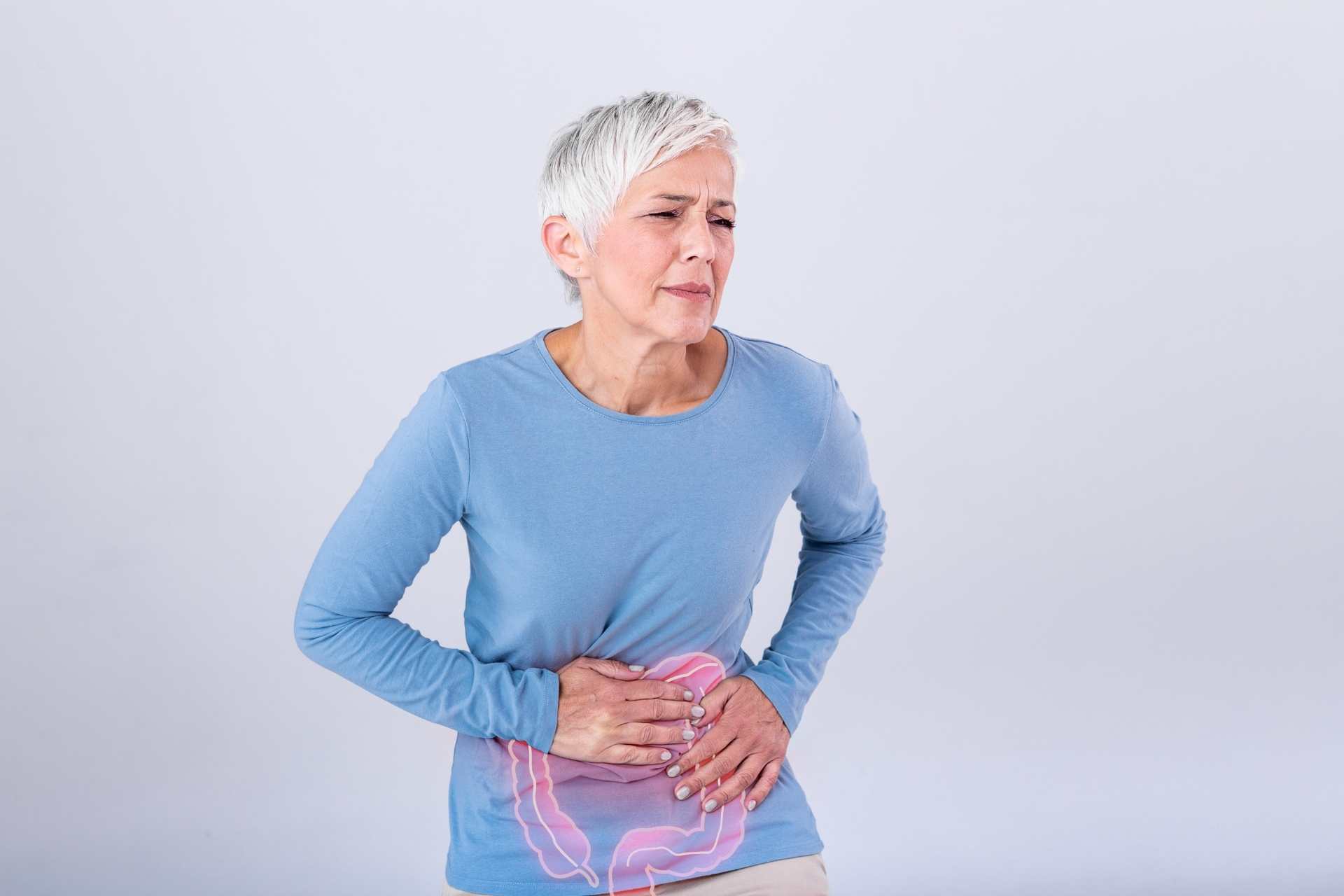What is already known
Irritable bowel syndrome, or IBS, is one of the most frequent causes of chronic pain, affecting up to 10% of the world’s population. Gut microbes have been linked to several chronic pain disorders, including pain associated with IBS, but it’s unclear how the microbiota triggers pain, and which bacterial species are involved in this process.
What this research adds
Working in mice, researchers investigated the role of histamine, a chemical released by white blood cells into the bloodstream when the immune system is mounting an allergic response. Mice that received a fecal microbial transplant from people with IBS who had high histamine in their urine ended up with increased pain sensitivity. Much of the histamine was produced by Klebsiella aerogenes — a bacterial strain that is abundant in stool samples from people with IBS. Blocking a histamine receptor in the mice receiving the fecal microbial transplant reduced pain sensitivity and lowered the levels of a type of immune cells involved in allergic reactions.
Conclusions
The findings illuminate the link between IBS and gut bacteria, and suggest that histamine is a good target for therapies against the condition.
Irritable bowel syndrome, or IBS, is one of the most frequent causes of chronic pain, affecting up to 10% of the world’s population. Now, research done in mice suggests that a chemical called histamine, produced by gut bacteria, worsens pain in IBS.
The findings, published in Science Translational Medicine, illuminate the link between IBS and gut bacteria, and suggest that histamine is a good target for therapies against the condition.
Gut microbes have been linked to several chronic pain disorders, including pain associated with IBS, but it’s unclear how the microbiota triggers pain, and which bacterial species are involved in this process.
Previous work by Stephen Vanner at Queens University, Premysl Bercik at McMaster University and their colleagues showed that reducing the intake of fermentable carbohydrates eased pain in people with IBS, and this was accompanied by changes in the gut microbiota and reduced levels of histamine in the individuals’ urine. Histamine is a known mediator of pain and is typically released by white blood cells into the bloodstream when the immune system is mounting an allergic response.
To investigate the role of gut bacteria and histamine in sensitivity to abdominal pain, Vanner’s and Bercik’s teams studied germ-free mice colonized with fecal microbiota from people with IBS.
Triggering pain
The researchers colonized germ-free mice with fecal microbiota samples from people with IBS who had either high or low urinary histamine levels.
Animals that received the microbiota of IBS patients who had high histamine levels in their urine ended up with increased pain sensitivity. These mice also had a less diverse gut microbiota compared with controls.
The final portion of the gut of mice colonized with the microbiota of IBS patients with high urinary histamine produced nearly 40 times more histamine than that of mice colonized with gut microbes of IBS patients with low urinary histamine or a healthy person, the researchers found.
Immune activation
Next, the researchers examined stool samples from IBS patients with high urinary histamine and found that their gut microbiotas produced large amounts of histamine. The levels of stool histamine where higher when the patients reported severe pain, and lower when they were pain-free. About 25% of the patients had unusually high levels of the bacterium Klebsiella aerogenes, the team found.
Further experiments in mice showed that K. aerogenes is the main histamine producer in the gut. The microbe converts dietary histidine, an essential amino acid present in animal and plant protein, into histamine. The histamine produced by K. aerogenes activates the gut immune system through a histamine receptor, which attracts specific immune cells — known as mast cells — to the gut, where they produce more histamine. This triggers inflammation and pain, the researchers say.
Blocking the histamine receptor in the mice receiving the fecal microbial transplant reduced pain sensitivity and lowered the levels of mast cells, the researchers found. The findings can help to develop therapies that target the histamine-producing bacteria, they say.











